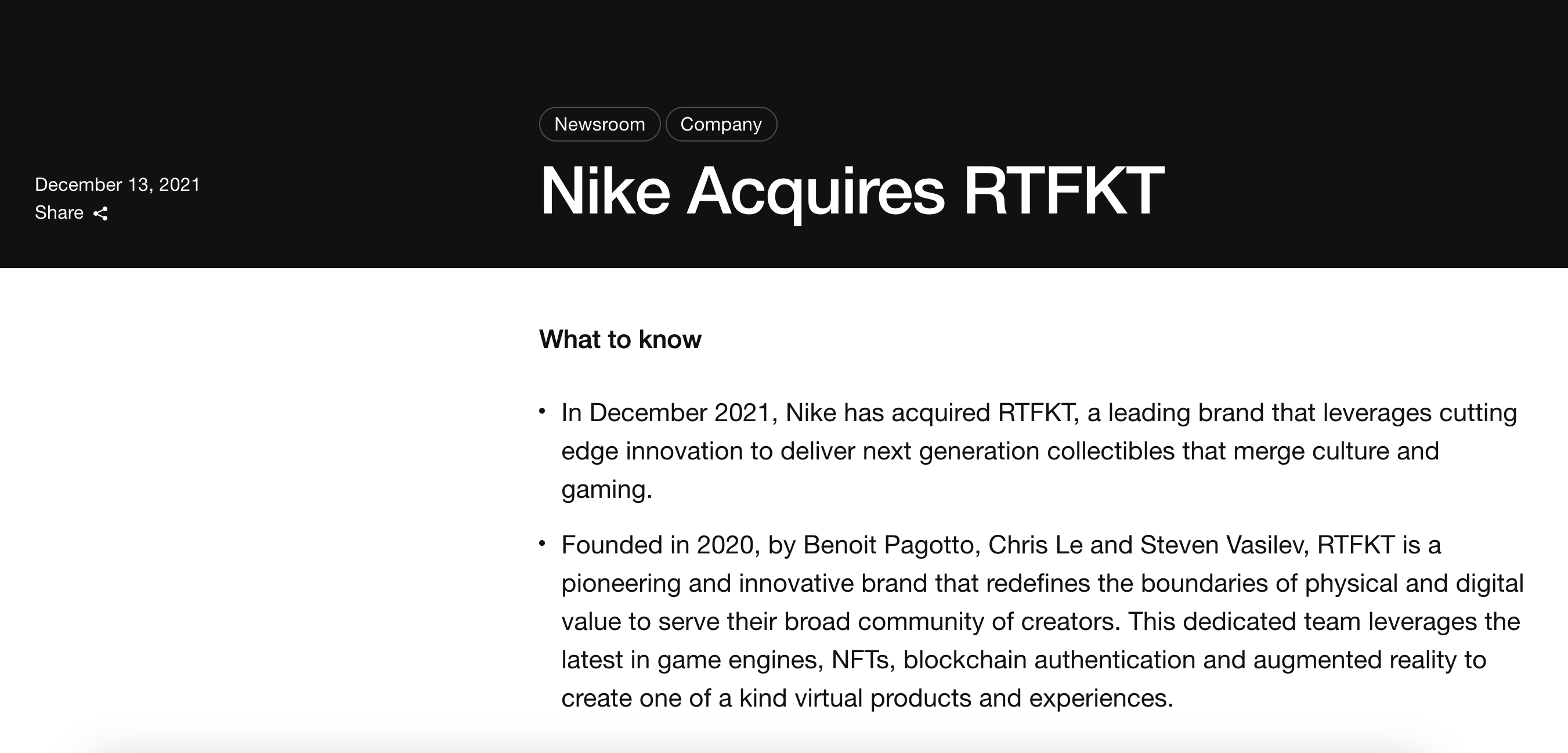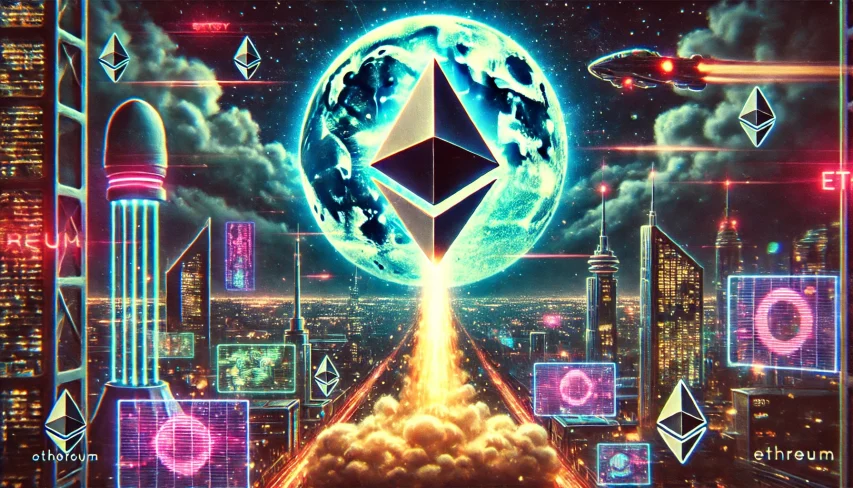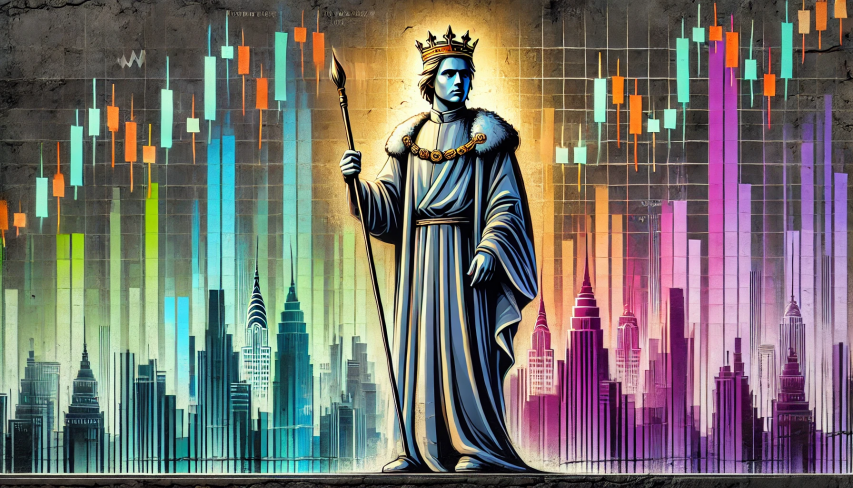What Is Web3 Marketing?
Web3 marketing has gained global traction thanks to its powerful ability to build communities and generate buzz. In this article, we’ll dive into what Web3 marketing truly entails and why it’s so effective.
Web3 Marketing is the loose term used to describe engaging audiences to use Web3 platforms and products. Unlike traditional marketing, where the end goal is to attract customers. Web3 Marketing has succeeded in creating a disruptive, community-driven, and hype-centric environment for products and brands.
By utilising cryptocurrency tokens, NFTs, and the tokenisation of real-world assets (RWAs), Web3 Marketing transforms users into active advocates. Users become ‘brand ambassadors’ not just through financial investment, but also because they genuinely believe in the technology’s real-world applications. Moreover, the culture and community around these projects cultivate a network of like-minded individuals, a challenge often faced by traditional Web2 marketing.
Success in achieving this often requires an understanding of Web3 culture and blockchain functionality to engage communities effectively. Campaigns will often adhere to blockchain community values and promote user ownership and involvement, turning users into project contributors.

What platforms do Web3 Marketers use?
Blockchain-based SaaS (software as a service) applications like Addressable.io and Chirpley are increasingly being integrated into the modern Web3 marketer’s toolkit. The Web3 social media network Farcaster recently experienced a huge surge in popularity, with user numbers rising by 400% in February 2024. This has prompted some Web3 marketers to use it as a go-to platform for reaching Web3 audiences. Nevertheless, despite many emerging Web3 platforms and tools, established channels like Discord and Telegram continue to play a dominant role in the Web3 Marketing landscape. This is complemented by traditional Web2 marketing strategies such as SEO, paid advertising, and traditional social media use.
Is Web3 Marketing going mainstream?
Yes! Major global brands have already adopted Web3 into their marketing strategies. In December 2021, Nike launched its Nike-RTFKT NFTs, which have generated $1.4 billion in trading volume thus far. By April 2023, Nike was enhancing its offerings with more Web3 experiences that complemented its physical products.
Since then brands like Coca-Cola, Adidas, Lamborghini, Disney and hundreds more popular brands have leveraged Web3 Marketing to reach new audiences and leverage the advocacy of blockchain technology.

What does the future hold for Web3 Marketing?
In 2023, the combined blockchain and Web3 sectors were valued at over $30 billion. Central Banks globally are exploring experimental cryptocurrencies known as CBDCs. Blockchain has also penetrated the $7 trillion logistics industry. It is evident that Web3 Marketing is here to stay. Additionally, the emergence of Bitcoin ETFs has significantly impacted the traditional investment scene. Yet, these innovations have not produced a successful mass-market product for the average person.
Web3 and blockchain in general are still seen by many as a closed-off ecosystem, focused on building hype and investment by telling users how projects work and why they’re necessary. In contrast, Web2 mass-market platforms like Instagram, Spotify, and Pinterest, have excelled by creating intuitive experiences that users enjoy without needing to understand the background mechanics. Thus the next phase of Web3 Marketing will likely, involve going ‘toe to toe’ with traditional big tech. This will undoubtedly leverage a mix of traditional and Web3 Marketing strategies to’ excite and attract users to blockchain-based applications.
For leading Web3 Marketing services, Contact Guava Studio today.
Written by Callum Kennard, the Founder and Head of Content at Guava Studio, a rising firm that is rapidly gaining popularity. Previously, he served as Head of Content at NFT Plazas and played a key role in strategy and marketing campaigns at Switzerland’s leading blockchain solutions firm. Callum has developed marketing strategies and created content for some of the most prominent players in the Web3 industry. With firsthand experience of the industry’s highs, lows, and evolving trends, he is passionate about launching exciting projects to new heights.
>>> Book a discovery call for leading Web3 Marketing services <<<



